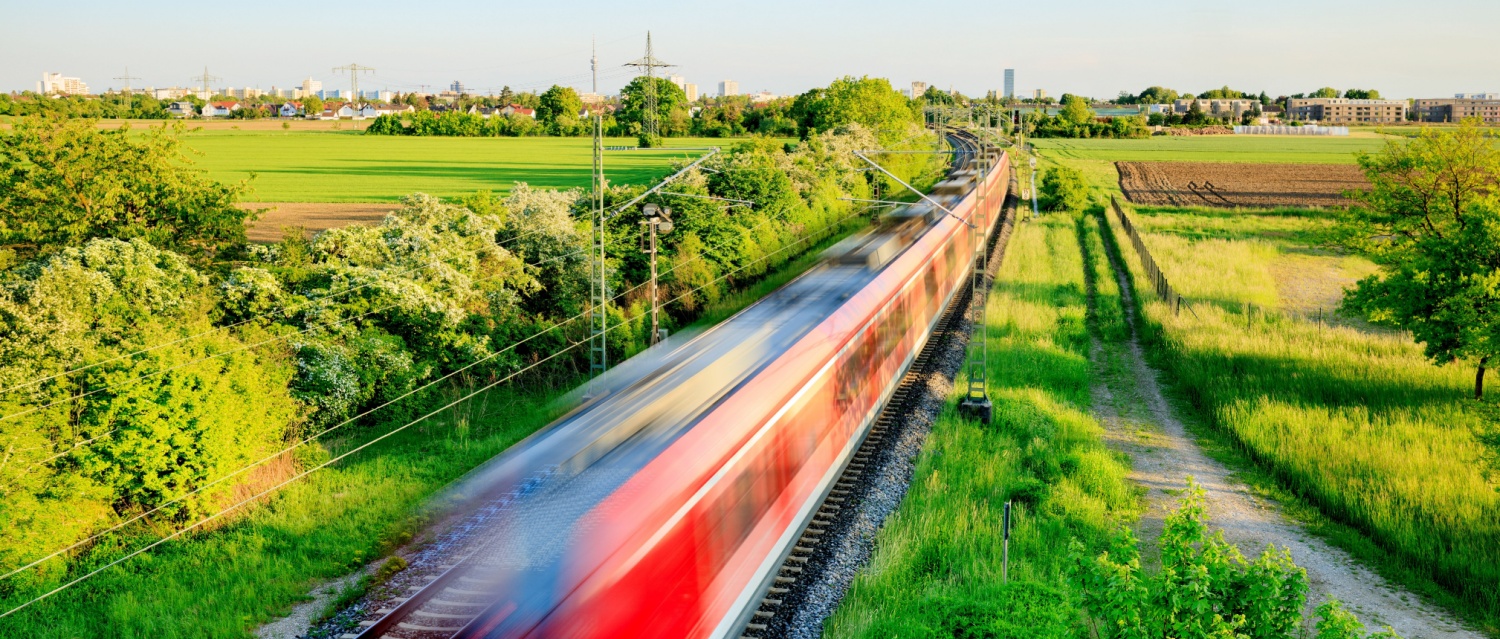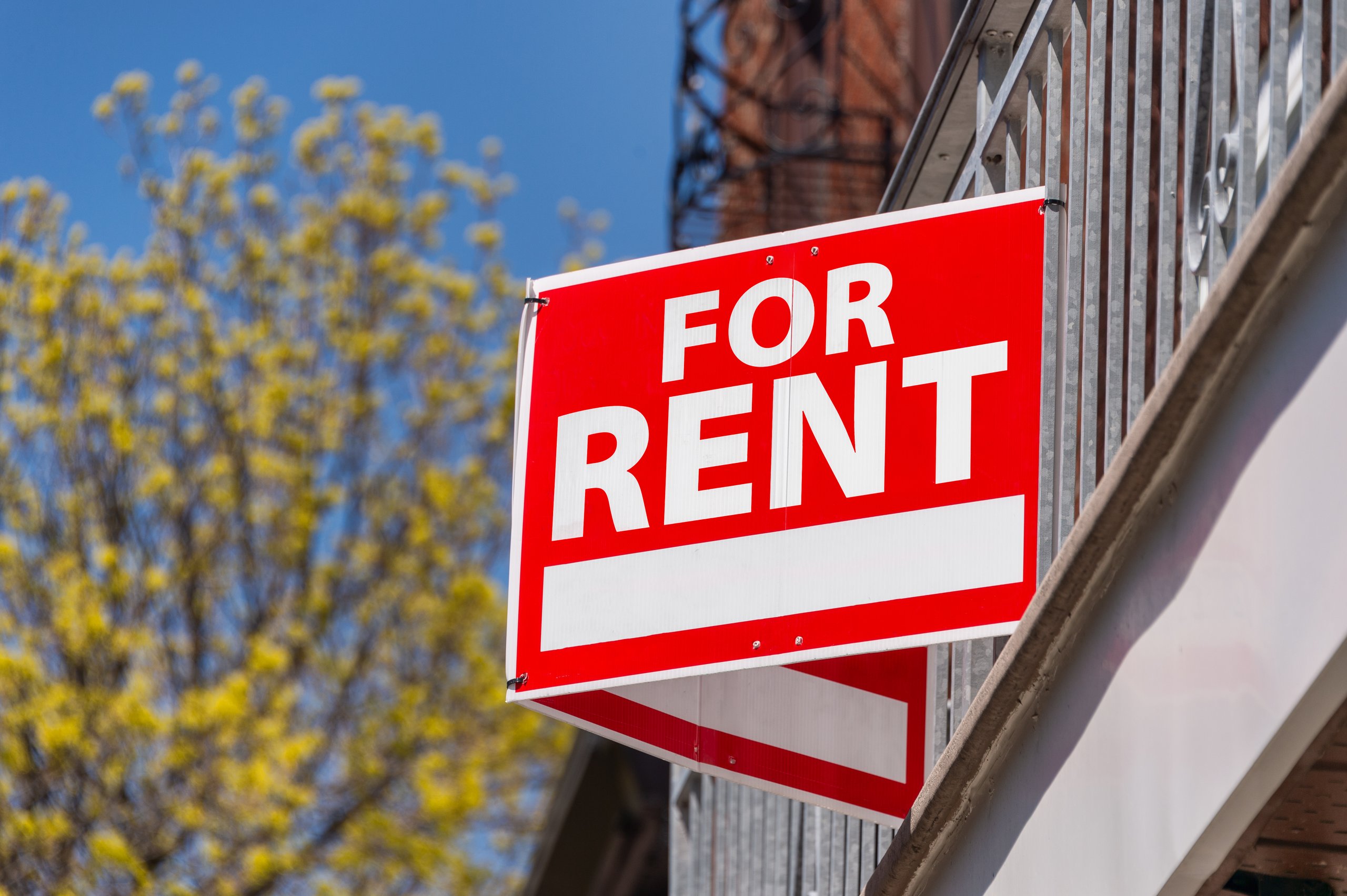Double-decker trains through the Channel Tunnel, Virgin Express services and faster routes to its cities mean that taking trains to Europe could be an easier option than flying to your continental home. Just don’t try and book tickets yet – there’s still work to be done.
If you’ve ever been thrilled by the sight of a double-decker train arriving at your railway platform in Europe, you will have been delighted by the news that Eurostar plans to run double-decker trains from London.
That’s just one of a series of announcements that could transform train travel under the Channel from an occasional treat and alternative to budget airlines, to something faster, greener and more convenient.
Contents
What improvements are planned for Eurostar services?
This year has seen positive developments on the tracks this side of the Channel.
For travellers in the south-east of England, the trek up to London St Pancras could become unnecessary. Eurostar, currently the only passenger train operator through the Channel Tunnel, has said it will review the reintroduction of stops at Ashford and Ebbsfleet in Kent, services it stopped in 2020.

For the rest of the country, though undeniably attractive (and a pleasant contrast to Paris’s Gare du Nord) St Pancras can get crowded. So a joint initiative between Eurostar and St Pancras to expand capacity will be very welcome. The project aims to futureproof one of Europe’s busiest international rail hubs. It will double capacity to 5,000 passengers per hour by 2030, to meet demand that it expects to triple by 2040 as it offers services directly to Germany and Switzerland as well as France, Belgium and the Netherlands. That will add up to some 30 million passengers per year.
Part of that increased capacity will be due to double-decker trains. Eurostar has ordered 50 double-decker trains in a €2bn deal and expects the first to be running by 2031. Could this bring down prices? That’s the hope, as railway journalist Tony Miles told the BBC: “It costs exactly the same to run the train whether it’s got twice the number of seats or not,” he said. “You still have only one driver, still use the same track.”
Could Eurostar soon face competition?
Part of Eurostar’s sudden new service offering is due to the risk of increased competition. In October, the Office of Rail and Road approved Virgin Trains’ application for access to the Temple Mills rail depot in east London. This means Virgin Trains can now start the process of launching of its own international train service through the Channel Tunnel.
Richard Branson said on his blog that as well as replicated services to Paris, Brussels and Amsterdam by 2030, Virgin has “plans to expand even further across Europe. Ooh la la!”
Equally keen for a piece of the action – and promising to start a year earlier, in 2029 – is Trenitalia, part of Italy’s state rail operator. They are also in the process of pitching for approval to resurrect services from Ashford International as well as London.
Europe gets serious on trains
Two years ago France banned short-haul domestic flights in an effort to promote greener travel. Now the rest of the EU is joining in, but thankfully by making intercity trains more attractive rather than banning flights.
A European rule last year mandated member states to establish high-speed links between all EU capitals by 2040. They reiterate that this month (November 2025), in time for Cop30. The aim is for the train to become a realistic alternative to many short-haul flights within Europe by drastically cutting journey times on popular rail routes.

The new high-speed routes between European cities will come in between 2030 and 2040, where they are not already in place. The EU has set four main priorities: removing cross-border bottlenecks, investing in infrastructure that allows speeds above 250 km/h, coordinating financing and improving competition and governance in the rail industry.
Apostolos Tzitzikostas, EU Commissioner for Sustainable Transport and Tourism, summed it up:
“High-speed rail is not just about cutting travel times – it’s about uniting Europeans, strengthening our economy, and leading the global race for sustainable transport.”
Which new routes and travel times are coming?
Two entirely new cross-border routes are due by the mid-2030s:
- Paris to Madrid (6 hours), with onward travel to Lisbon (3 hours)
- Tallinn to Warsaw (7 hours 45 minutes) via Riga and Vilnius
Meanwhile, several existing routes will get dramatic time reductions:
| Route | New Journey Time | Current Time | Expected Completion |
| Paris to Rome | 8 hours 45 minutes | 10 hours 50 minutes | 2035 |
| Paris to Berlin | 7 hours | 8 hours 15 minutes | 2035 |
| Berlin to Copenhagen | 4 hours | 7 hours | 2030 |
| Berlin to Rome | 10 hours 15 minutes | 14 hours 30 minutes | 2035 |
| Sofia to Athens | 6 hours | 13 hours 40 minutes | 2035 |
| Bucharest to Sofia | 6 hours | 10 hours 15 minutes | 2035 |
FAQs
What should property owners and travellers consider?
The transfers at each of a journey can make a big difference on cost, hassle and time. Rail travel will of course suits owners of properties close to a station on a high-speed rail route. Typically, this means being in or on the edge of a town or city. Bear in mind that in France especially, just because there is a station named after a city it may not be very close to the city! Aix-en-Provence TGV is an irritating 15 kilometres from the city. Ask your estate agent about rail options, but always check with your travel apps.
How do I get cheap trains to Europe?
Much like with low-cost flights, book seats on cross-border trains in advance to benefit from cheaper fares. Look out for seasonal offers and even sign up for email bulletins. Also check out the many railway buffs who are expert on timetables and fares. The best is Seat61.com.
Are there budget trains, like airlines?
Check out the new cheaper options. These include Ouigo, a sort of budget version of the TGV in France, with a basic offering without catering or first class, where you pay extra to take large bags and even to have a phone charging point.
Is getting a train to French cities viable?
Yes! Even now, thanks to the France’s excellent TGVs, many exciting Gallic cities are easily accessible from the UK via Paris: Montpellier in 3 hours 30 minutes, Biarritz in 4 hours, Strasbourg in 1 hour 45 minutes, Tours in under an hour and Bordeaux in just over 2 hours.
From the UK, do I have to travel via London?
Yes and no. High speed services to Europe currently are only via central London at St Pancras. Moreover, unfortunately there will be no link from the new HS2. The re-opening of cross-channel stations at Ashford and Ebbsfleet, if it happens, will mean you can avoid central London and at least drive to a car park at a Eurostar station, albeit all the round to Kent. There is also the option of getting a ferry across the Channel and taking a train from Calais or Dieppe in France, or Bilbao or Santander in Spain.








